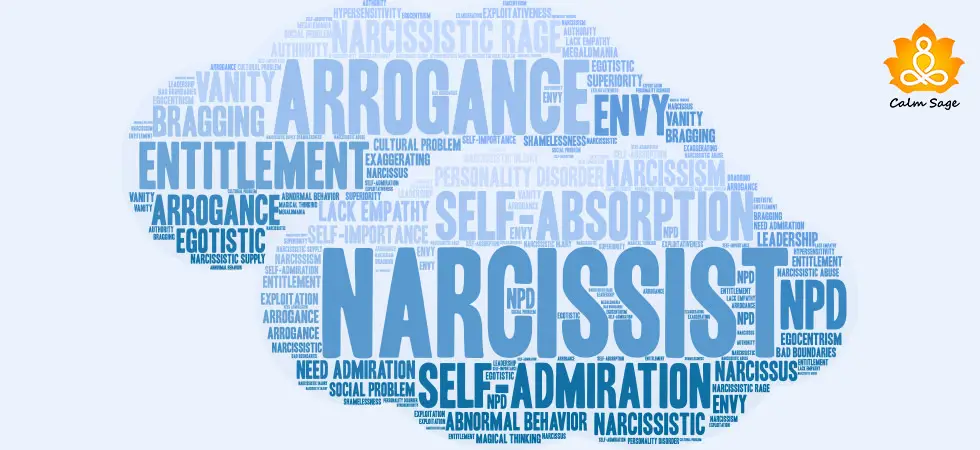Impression Management: Guide To Control Your Image (Professionally And Personally)

We have grown up listening to the quote that says, “You never get a second chance to make a great first impression.” Having said this, first impressions are important but the sad part is that many of us don’t know how to create a long-lasting impression.
Silently, we all are struggling in our battles because we don’t know how to take charge of our self-impression. Self-confidence is the main ingredient in influencing the way others see you. Additionally, there are various effective impression management techniques used for creating long-lasting self-presentation skills.
In this blog, we will be taking a deep look at what impression management is, examples, associated psychological theories, techniques, and more. So, let’s get started!
List of Contents
What is Impression Management?
Impression management was developed by Social Psychologist, Sociologist, and Writer Erving Goffman in the 1950s. The theory of impression management is known as “Goffman’s Dramaturgical Analysis.”
Impression management is known to be a sum of actions we take (unconsciously and consciously) to influence others perceptions towards us. We all use impression management to achieve our goals or align with our needs or wants.
In short, when we meet new people at work or at a social party, we want to look confident, likable, capable, interesting, intelligent, attractive, and whatnot. We start adjusting our behavior accordingly to meet a goal, this phenomenon is also referred to as self-presentation theory.
The main purpose of impression management is to build or preserve someone’s social appearance. People use impression management techniques to achieve their goals or desires. By understanding your motivation levels, you can easily use impression management techniques to achieve anything you want.
Examples of Impression Management
We all are engaged in self-impression or impression management (consciously or unconsciously). For example:
- Have you ever noticed how we adjust our personalities during interviews?
- How do we start aligning with our partner’s goal for establishing a successful relationship?
- How quickly do we change our look during official meetings to look interactive and interesting?
- How thrilled you look during social gatherings, despite having a rough day at work?
Now, you might be thinking that impression management disturbs authenticity. Well, we are quite aware that we need to focus on enhancing our personality and behavior in different situations. It does not affect our personality, behavior, or authenticity, impression management makes us aware of our behaviors that need not be seen.
Psychological Viewpoint of Impression Management
Impression management is based on three major components:
- Motives: We all want to be seen as attractive, interesting, likable, and whatnot. The behaviors that we adopt give us hints of the goals we want to fulfill.
- Self-Context: Of course, no one aims for a negative public image which is why they often adjust their behaviors according to social norms or context. It makes us feel more confident in social settings.
- Self-presentation: Self-presentation is often aligned with the “self-image” we want others to see or an image aligned with other’s expectations. Whatever the case, both alignments make us feel good about ourselves and self-presentation indirectly enhances our self-esteem and sense of belonging.
7 Techniques of Impression Management
Impression management techniques can be used in various situations. According to psychology, there are seven impression management techniques used in regular life:
1. Conformity
Conformity means to be accepted by a social group. In order to be accepted by the group, you must stand through the expectations or social norms of a larger group. For example, it’s important to follow a proper dress code while giving interviews.
2. Excuses
Excuses are only given to avoid judgment or punishment. There can be plenty of examples based on our regular lives wherein we make silly excuses to maintain a social image. If you’re doing so, avoid making excuses and work on maintaining authenticity.
3. Acclaim
Building positive rapport is important especially when you want others to be inspired through your work. When you start acclaiming people for their work, you publicly recognize their success and skills, and this way you also inspire others to work hard. It helps in establishing positive behaviors among a group or team.
4. Flattery
Flattery is not only about giving someone compliments; it is about syncing with others. Being an agreeable, pleasant, and perceptive personality can help you develop self-awareness.
Learn to maintain the right balance of flattery as going overboard might harm your authenticity. While making the use of flattery, build self-awareness and ask yourself if you’re doing it the right way or making other people insecure.
5. Self-promotion
Self-promotion is emphasizing your strengths and making sure that you’re known because of your achievements. This can be developed in your personal life too, if you’re begging for attention from your partner constantly, self-promote yourself in front of your partner instead of focusing on your likeability.
Additionally, you can take the help of social media to self-promote yourself. Curate a place for yourself wherein you can present your strengths and accomplishments.
6. Favors
Doing favors on a regular basis can be used as a strength. Be it personal relationships or business, it helps in establishing usefulness in a relationship. Make sure you’re doing favors without manipulating or resenting people, as it helps in building mutual affinity.
7. Association
Association means sharing useful information about you or your partner. When you start associating yourself with people, you start reflecting according to each other’s image and values. Therefore, keep associating yourself with people to promote relevance and truthfulness.
Practicing Impression Management- Professional and Personal Edition
Impression management techniques are not developed for the workplace, but they can be applied in various situations. Be it conscious or unconscious, they always help us succeed at social gatherings, workplace, in dating, and more.
Below listed are some of the effective impression management techniques that can be used professionally and personally:
1. Stand through other’s expectations.
One of the most important ways to practice impression management in personal relationships or professional areas is to stand through each other’s expectations.
For example, if you’re expected to finish a deadline at work, try to complete it before the deadline, this will help you keep your impression intact and balanced.
In personal relationships, try to understand each other’s emotional needs so that you both can work on establishing a healthy and positive relationship.
2. Maintain the balance between excuses and apologies.
When it comes to relationships (be it personal or professional relationships), maintaining the right amount of ingredients is important. Give but also expect!
Similarly, maintain the right balance between apologies and excuses. Don’t go overboard in order to save your relationship. Understand the difference between toxic and unhealthy, and reflect accordingly.
3. Build rapport with others.
Building positive rapport is one of the important ways to maintain an impression or to influence how others see you. In order to build positive rapport with others, work on being authentic, share your strengths and accomplishments, be kind, and share your experiences to help people learn and reflect. Build self-awareness within!
4. Maintain your social skills, and avoid overdoing or over-showing.
You must know how to maintain your social skills, it doesn’t matter what kind of personality you have (extrovert or introvert), try to be authentic, respectable, and kind to everyone. Avoid overdoing things for people, maintain the right balance, and work on accomplishing your goals.
5. Maintain your authenticity.
Always remember, that people are known for their authenticity, therefore, before leaving a good impression, make sure you’re making real connections and making each other comfortable. Adapt differently in different situations, but never let your authenticity get disrupted.
6. Actively listen and reflect.
In order to build the right impression, try to read people’s minds, use active listening skills, and understand how people want to communicate with you. Avoid focusing on yourself, instead, understand the needs and desires of people and then use your impression management techniques.
I hope this blog helps you with the best and most effective impression management techniques for work and personal life. Comment down and share your views on the same.
For more such content, connect with us through all social media platforms.
Thanks for reading!




















